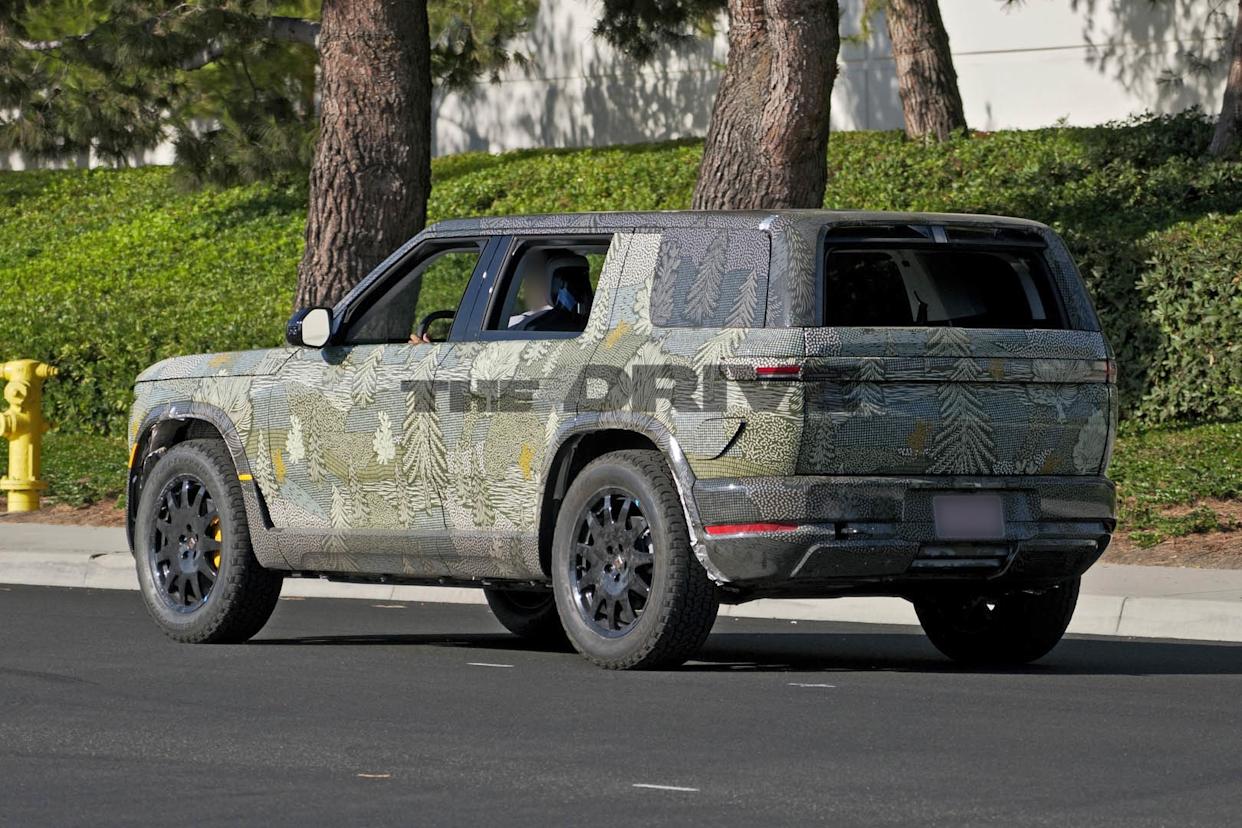
One of the coolest features Rivian showed at the R2 EV’s debut appears to be on its way into production.
A pre-production 2026 Rivian R2 testing on public roads in the U.S. was spotted with its dropdown rear glass in the down position.
One of the only other SUVs on the market in the U.S. with a dropdown rear glass is the Toyota 4Runner, which retained the feature for the new sixth-generation model that launched this year.
While some people may not be surprised to see the dropdown rear glass on the R2 make it to production, there are changes that have been confirmed between the debut and production for the lower-cost EV for the startup automaker.
At the 2026 Rivian R1T Quad launch the automaker’s CEO, RJ Scaringe, confirmed to media that the R2’s accessory port, originally shown at the EV’s debut, will not make it to production. The Scaringe cited resources, market demand, costs, complexity, and the ability to streamline development for the demise of the accessory port.
“The accessory port is one of those really hard decisions because we have to put what we call SCAR costs, like a cost on every single vehicle, for what will be maybe a very, very small take, right? So even if 5% of people use it, everyone has to pay for it,” Scaringe said.
The R2’s tow receiver will now serve as the mounting point for accessories, which will not be as simple as the plug-and-play accessory port solution initially shown.
Another feature Scaringe said won’t make it from concept to production are the fold-flat front seats. The exec again said this came down to cost vs. market use case and everyone getting to pay for the feature’s development and production. Still, Scaringe said someone should be able to sleep in the back of the R2, and the factory-backed rooftop accessory tent is on track to launch alongside the R2 in 2026.
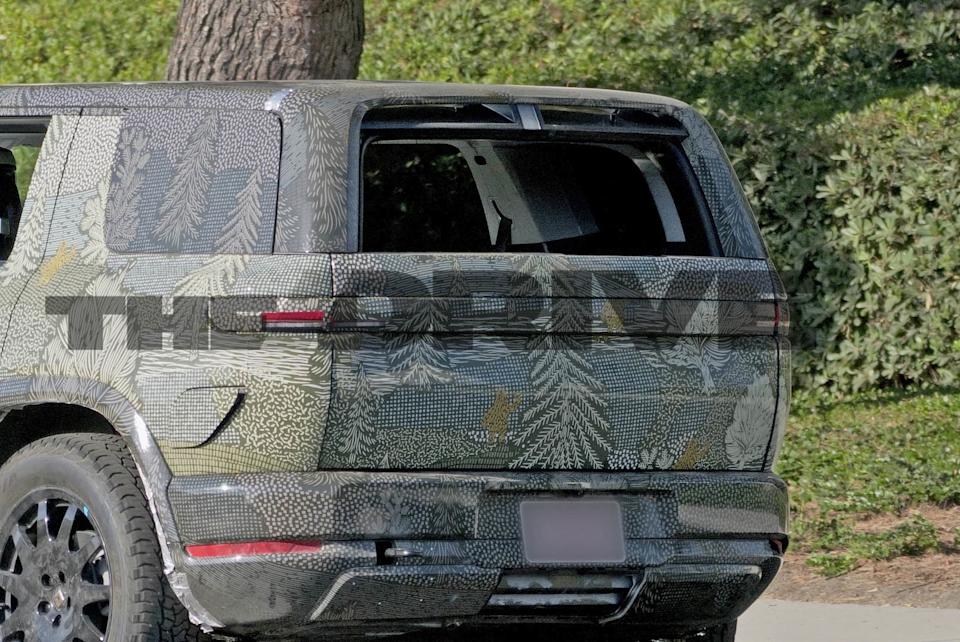
The charge port location itself on the R2 will be relocated on the production car as another change in the name of functionality. The debut car featured a charge port on the right rear fender under a flip-up cover hiding a Tesla-style NACS port. The production car features a charge port hidden under a much larger door on the driver-side rear fender. The change was made so the R2 can be easier to charge at Tesla Supercharger, which Rivians have plug-and-charge access to. Tesla’s have their charge ports on the driver-side rear fender, which has dictated the design of the Superchargers themselves and the charging cord arrangements.
The R2 prototype spotted rolled on BFGoodrich Trail-Terrain A/T tires and sported yellow brake calipers. On today’s larger, more expensive R1 those yellow brake calipers indicate a tri-motor powertrain. The R2 will be available with a tri-motor powertrain, though certainly not at the $45,000 base price. That base model will be a single-motor model with a dual-motor model splitting the difference between the two powertrains. Those tri-motor models are said to sprint from 0-60 mph in under three seconds. Quick little buggers.
We’ll have to wait to see more, but not for long, as the 2026 Rivian R2 is set to enter series production in Normal, Illinois in next year.
In the meantime, take a scroll through these spy shots by swiping through the gallery.
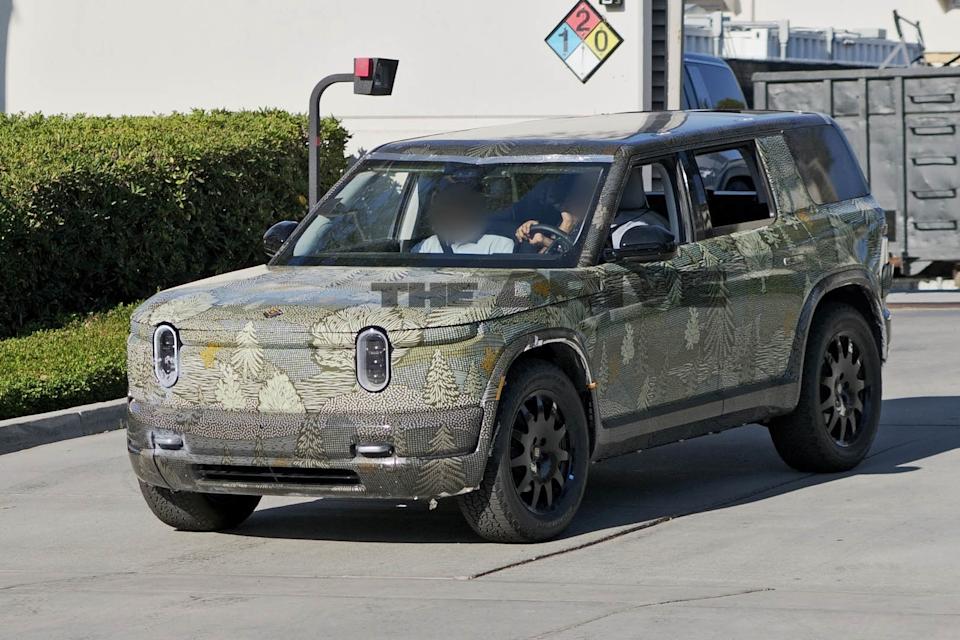 2026 Rivian R2 spy shots
2026 Rivian R2 spy shots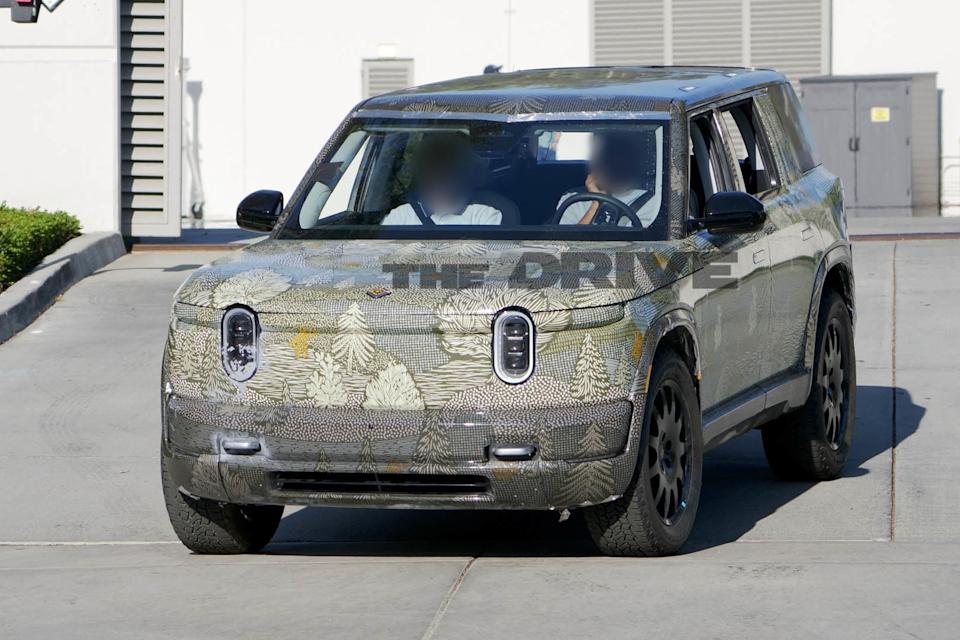 2026 Rivian R2 spy shots
2026 Rivian R2 spy shots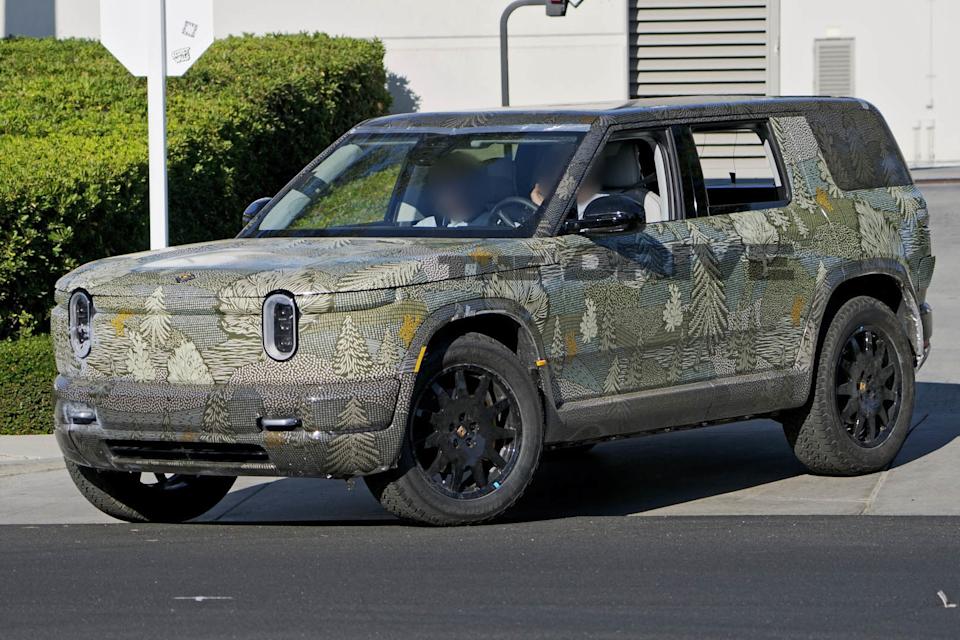 2026 Rivian R2 spy shots
2026 Rivian R2 spy shots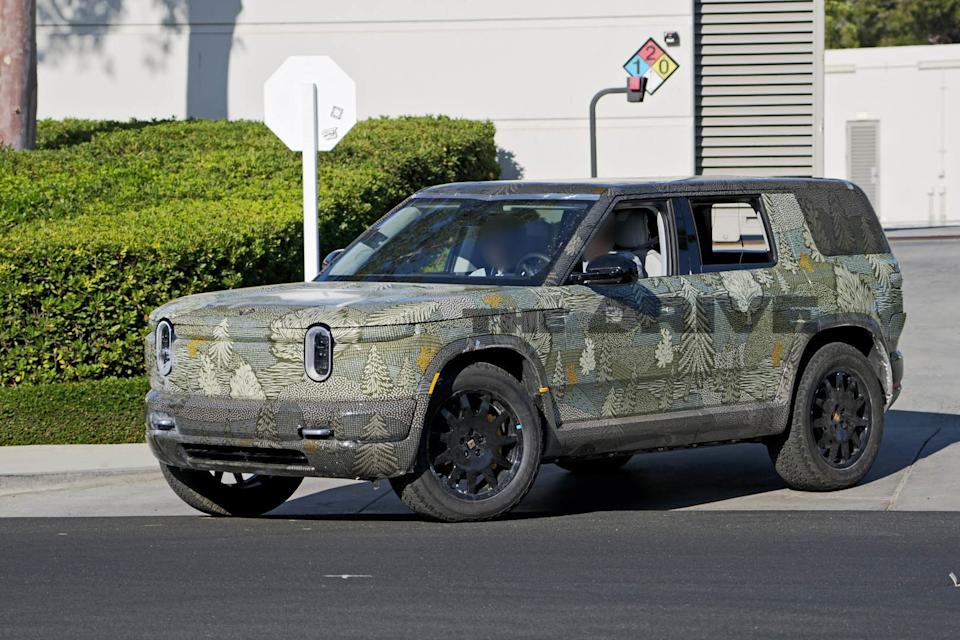 2026 Rivian R2 spy shots
2026 Rivian R2 spy shots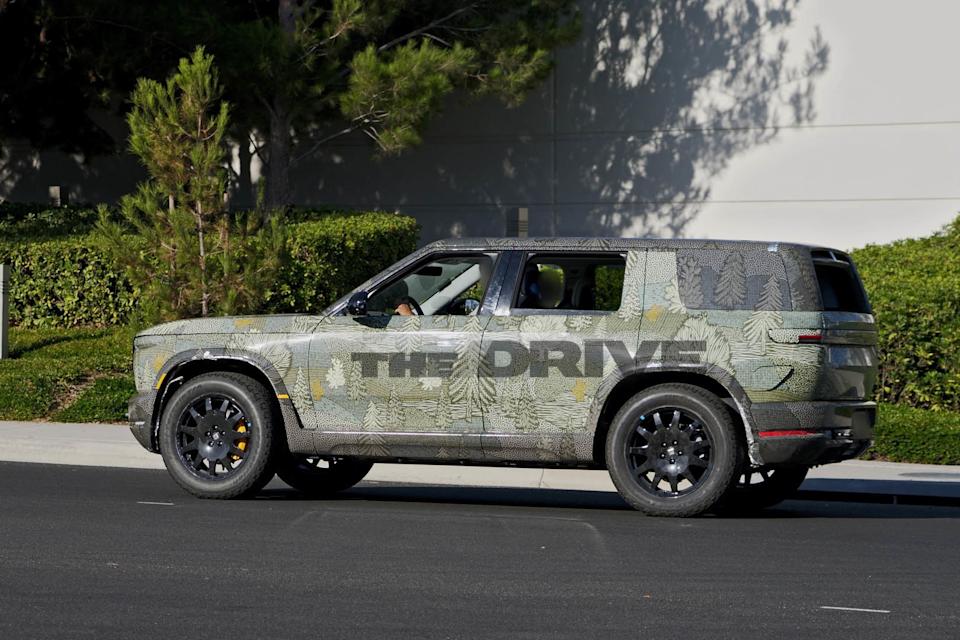 2026 Rivian R2 spy shots
2026 Rivian R2 spy shots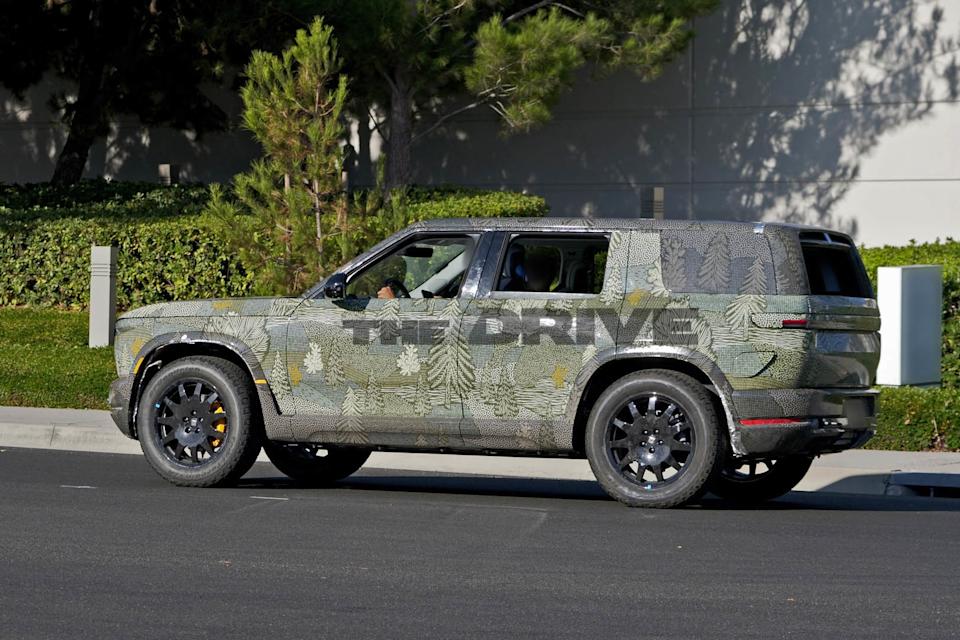 2026 Rivian R2 spy shots
2026 Rivian R2 spy shots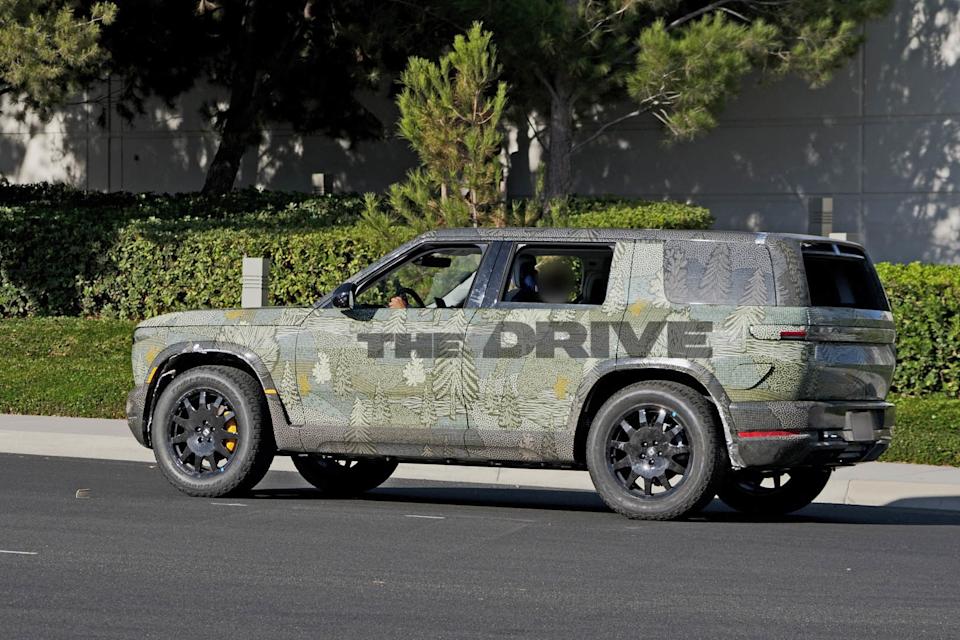 2026 Rivian R2 spy shots
2026 Rivian R2 spy shots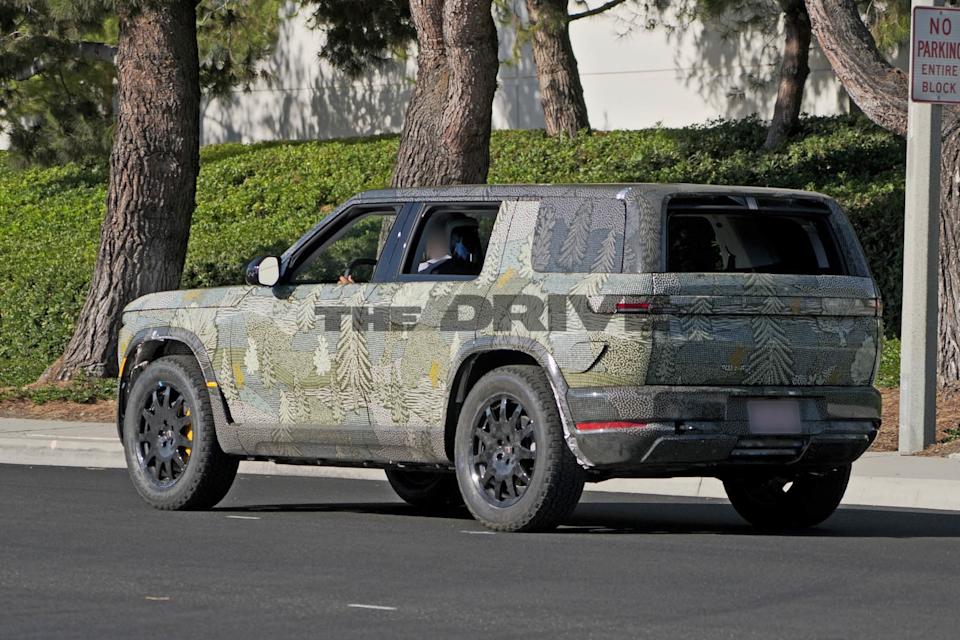 2026 Rivian R2 spy shots
2026 Rivian R2 spy shots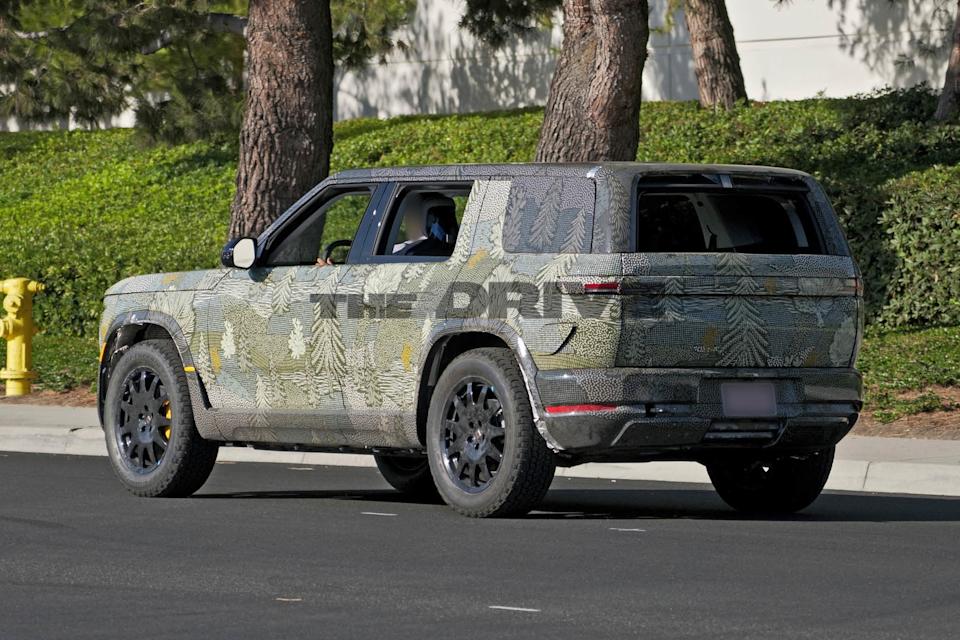 2026 Rivian R2 spy shots
2026 Rivian R2 spy shots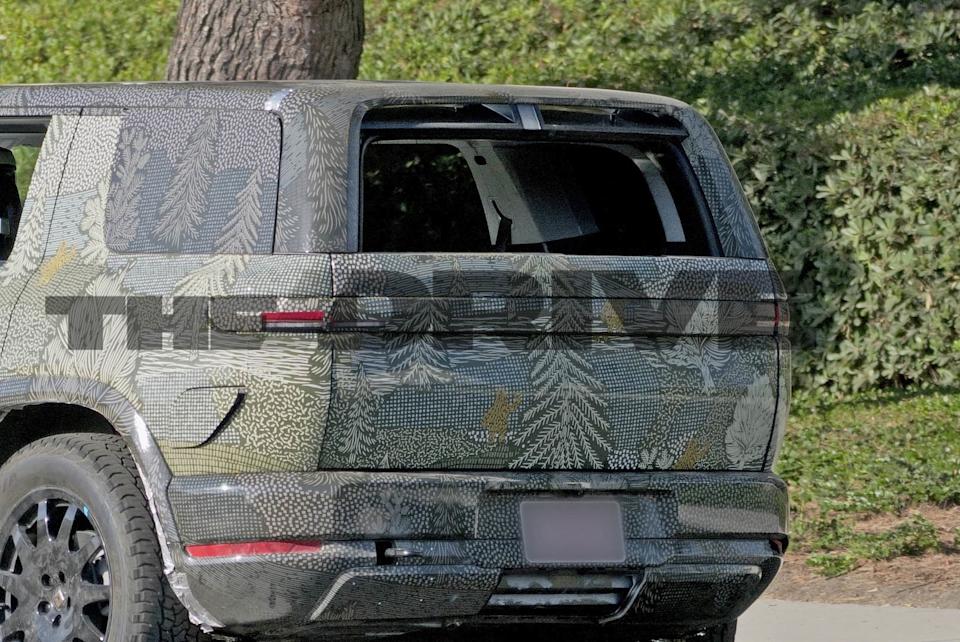 2026 Rivian R2 spy shots
2026 Rivian R2 spy shots
See something? Say something! Send us a line at [email protected]
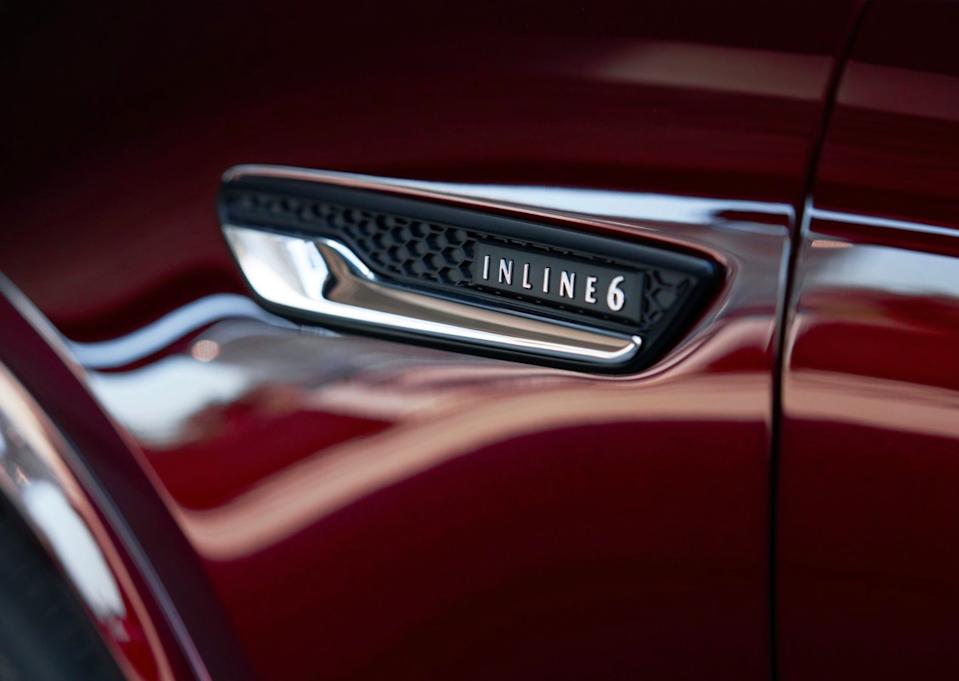
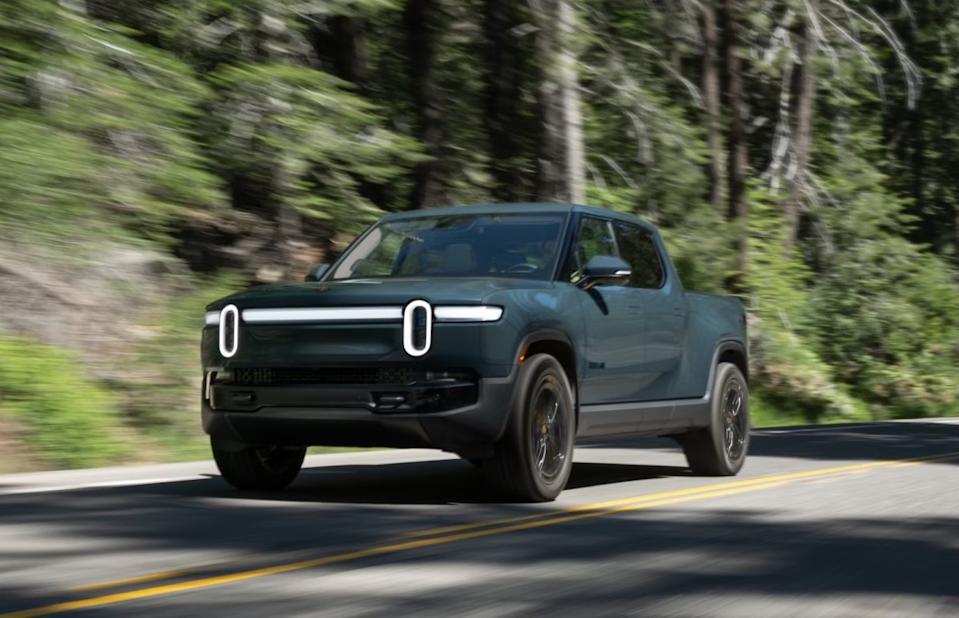

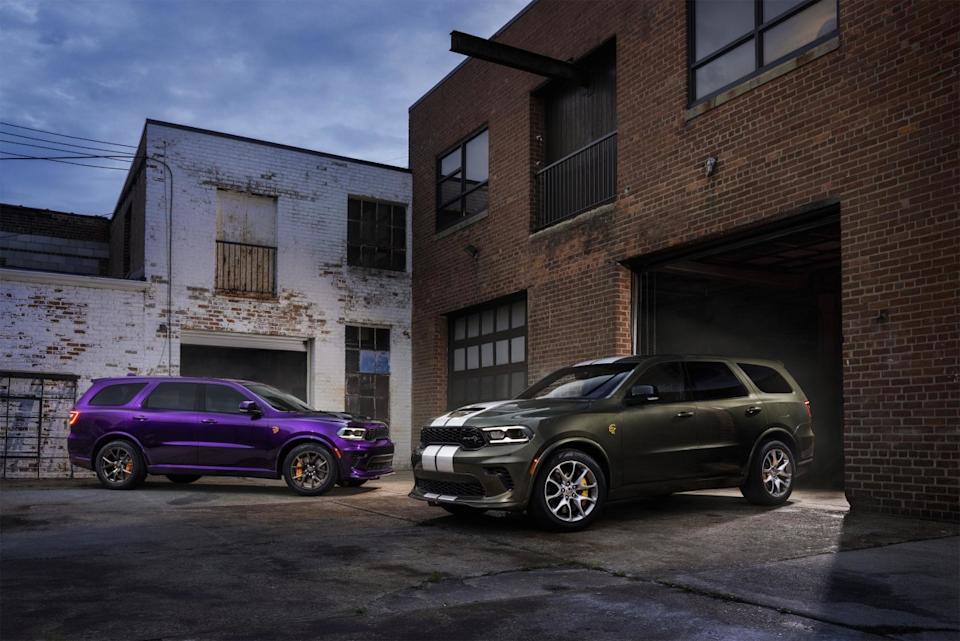

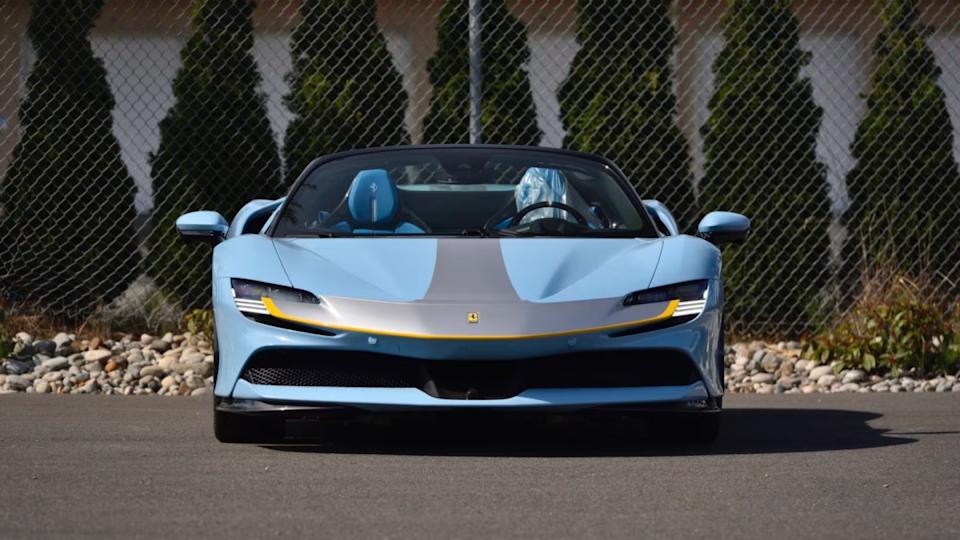

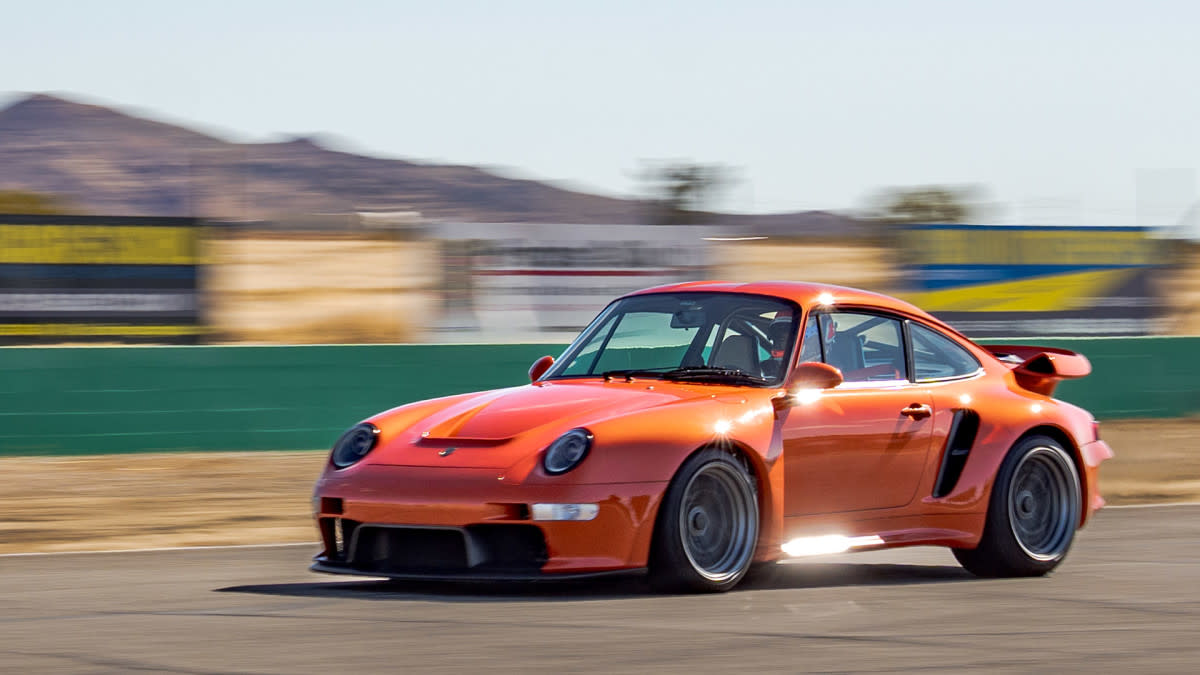
Comments